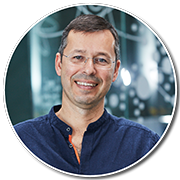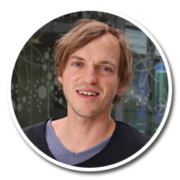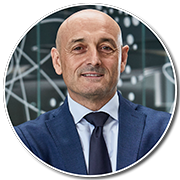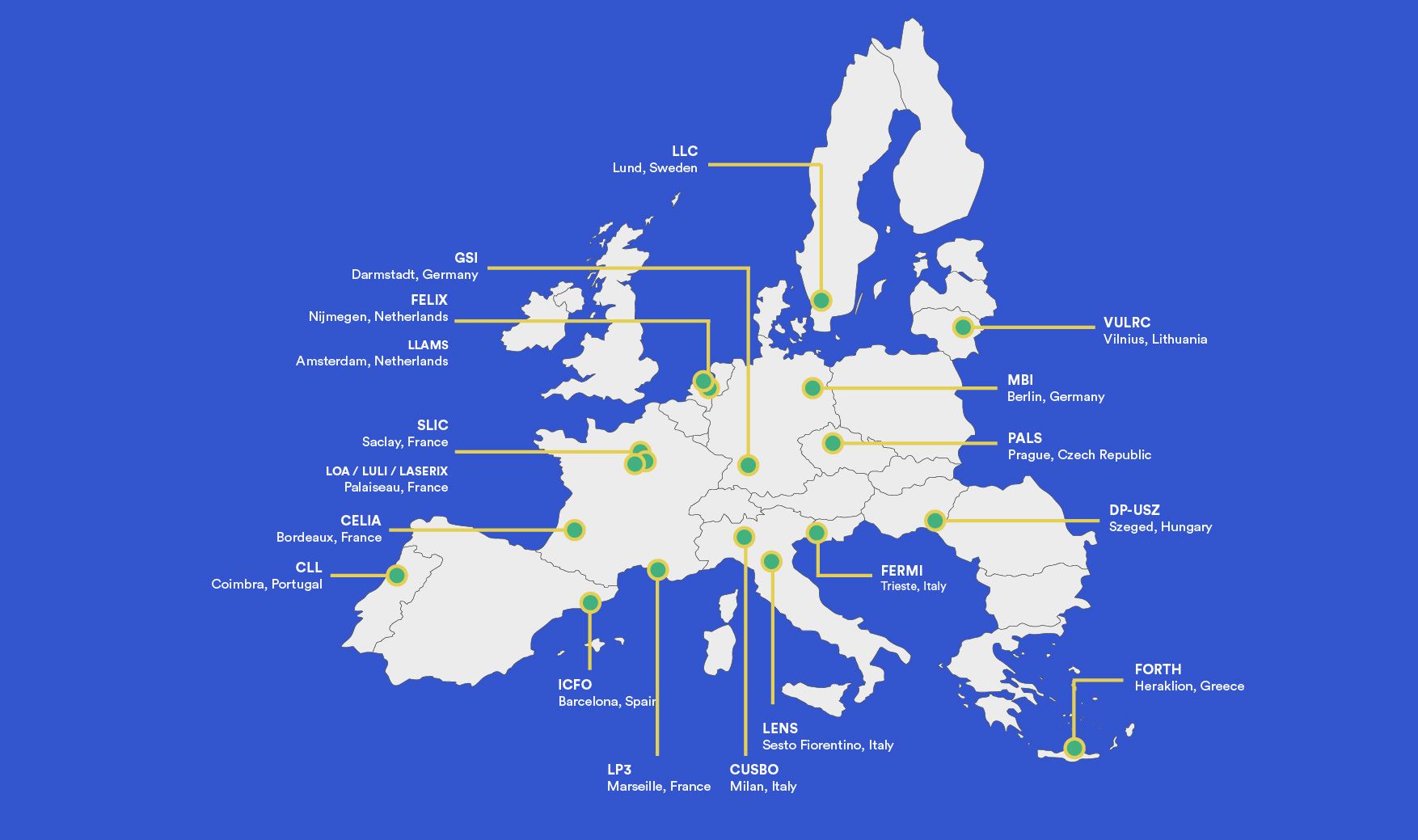About Us
About LASERLAB
The Integrated Initiative of European Laser Research Infrastructures
The EU-funded project Laserlab-Europe brings together 35 leading institutions in laser-based inter-disciplinary research from 18 countries. Together with associate partners, the consortium covers the majority of European member states. 24 laboratories offer access to their facilities for research teams from Europe and beyond, kindly supported by EC funding.
Lasers and photonics, one of only five key enabling technologies identified by the European Union, are not only essential for the scientific future but also for the socio-economic security of any country. Given the importance of lasers and their applications in all areas of sciences, life sciences and technologies, the main objectives of the consortium are:
- To maintain a competitive, inter-disciplinary network of European national laser laboratories;
- To strengthen the European leading role in laser research through Joint Research Activities (JRA), pushing the laser concept into new directions and opening up new applications of key importance in research and innovation;
- To offer transnational access to top-quality laser research facilities in a highly co-ordinated fashion for the benefit of the European research community;
- To increase the European basis in laser research and applications by reaching out to neighboring scientific communities and by assisting in the development of Laser Research Infrastructures on both the national and the European level
For more information, please visit https://www.laserlab-europe.eu/about-us
About ICFO
ICFO, a CERCA center and member of The Barcelona Institute of Science and Technology, was created in 2002 by the government of Catalonia and the Technical University of Catalonia. It is a research center dedicated to scientific excellence in both basic and applied research in a wide range of areas in which photonics plays a decisive role. 450 researchers in 25 research groups produce high impact discoveries in ICFO’s 18,000m2 state-of-the art facilities situated in the Mediterranean Technology Park in the metropolitan area of Barcelona.
A proud member of the Ministry of Science and Innovation’s Severo Ochoa program for scientific excellence, the institute is internationally recognized for landmark discoveries and scientific contributions. ICFOnians hold leadership roles in international research initiatives including the European Commission’s Graphene and Quantum Technologies Flagships, and are the recipients of 47 European Research Council grants to date. Competitive research funding is complemented by generous philanthropic support from the Fundació Cellex Barcelona and Fundació Mir-Puig.
From an industrial standpoint, ICFO participates actively in the European Technological Platform Photonics21 and is proactive in fostering entrepreneurial activities and spin-off creation. Knowledge and Technology Transfer actions at the center include incubator activities, efforts to attract venture capital investment and an active Corporate Liaison Program that aims at creating collaborations and links between industry and ICFO researchers. To date, ICFO has created eleven successful start-up companies.
.



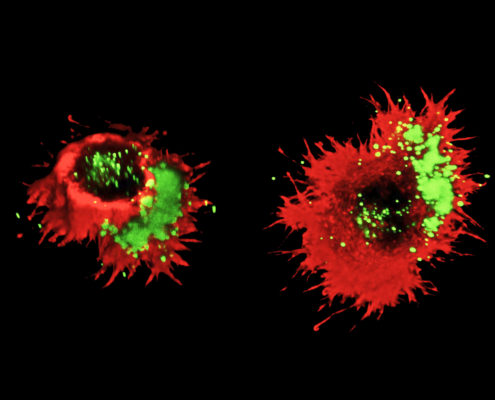
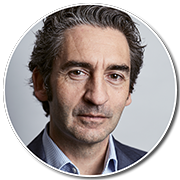


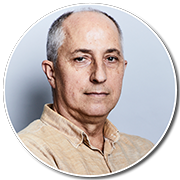 Niek Van Hulst –
Niek Van Hulst – 